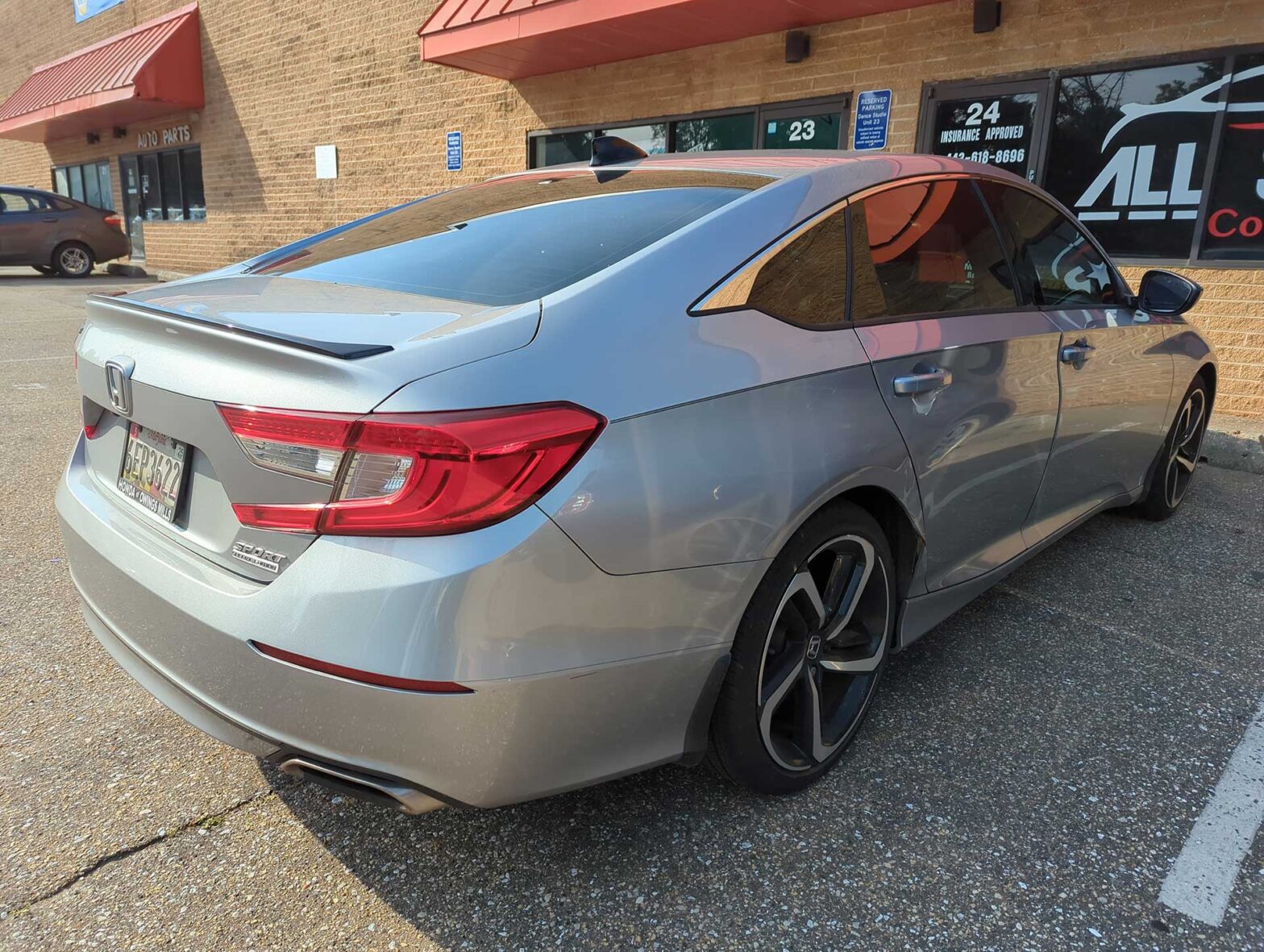You’ve been diligent with your payments, you’ve chosen your plan carefully, and you understand the fine print—until an accident happens. Now, you’re facing the complex dance of collision repair and insurance claims. Don’t let the process overwhelm you. In this guide, we’ll walk you through understanding your coverage limits, filing an insurance claim, selecting the best repair shop, and handling any disputes that arise. Stay informed and in control as you navigate the intricacies of repairing your vehicle with insurance backing.
Understanding Your Coverage Limits
While you’re reviewing your auto insurance policy, it’s crucial to identify the specific limits of your collision coverage to ensure that you’re fully aware of the maximum amount your insurer will pay for repairs. Comprehending your policy’s nuances is essential; coverage deductibles, for instance, directly affect your out-of-pocket expenses after an incident. Typically, a higher deductible results in a lower premium, but it means more financial responsibility for you at the time of a claim.
Additionally, be mindful of policy exclusions, which delineate scenarios where collision coverage doesn’t apply. Common exclusions can include damage due to normal wear and tear or mechanical failure. By understanding these details, you’ll navigate the claims process with confidence, avoiding unexpected costs and coverage gaps.
Filing a Collision Insurance Claim
Once you’ve grasped the limits and exclusions of your collision coverage, you’re ready to file a claim when an accident occurs. Initiate this process promptly to prevent any complications with your policy renewal. Accurate claim documentation is paramount; gather all necessary information at the accident scene, including photos of the damage, a copy of the police report, and witness statements if available. Contact your insurance provider to report the incident—adhere to their protocol for submitting documentation. They will guide you through the assessment of damages and repair approval procedures. Remember, detailed record-keeping is crucial; it ensures the adjuster has a clear understanding of the incident, facilitating a smoother claim resolution and mitigating potential disputes.
Choosing a Repair Facility
You’ll need to select a reputable repair facility that accepts your insurance to ensure quality repairs for your vehicle. When choosing, consider these critical factors:
- Assess Repair Certifications: Facilities with recognized certifications, such as I-CAR or ASE, demonstrate a commitment to industry standards and ongoing training.
- Verify Insurance Affiliations: Ensure the shop is part of your insurance company’s approved network to facilitate a smoother claims process.
- Inquire About OEM Parts: Ask if they use Original Equipment Manufacturer (OEM) parts, which are often recommended for maintaining your vehicle’s integrity.
- Check Warranty Offers: A trustworthy facility will provide warranties on their repairs, giving you added peace of mind post-service.
Insurance Assessment of Damages
After choosing your repair facility, your insurer’s next step is to assess the extent of your car’s damages to determine the coverage details. This damage evaluation is crucial as it forms the basis for the forthcoming repair estimates and the settlement you’ll receive.
Your insurance company will send an adjuster to meticulously inspect your vehicle, documenting the extent of the collision impact. They’ll scrutinize every component, from the chassis alignment to the minutiae of paint scratches. The adjuster will compile a detailed report, factoring in the cost of parts, labor, and the time required for repairs. It’s imperative that they conduct a thorough and fair assessment to ensure that the repair estimates reflect the actual damage, and you’re indemnified appropriately for your loss.
Handling Disputes With Insurers
Although you may trust your insurer’s assessment, if you disagree with the settlement offer, it’s important to know you’re entitled to contest their findings. When you’re faced with this situation, consider the following steps:
- Review Your Policy: Thoroughly examine your insurance contract to understand the coverage terms. This is critical for policy interpretation and identifying any discrepancies in the insurer’s decision.
- Gather Documentation: Compile all relevant documentation, including photos, repair estimates, and any expert assessments to support your claim.
- Formal Dispute: Initiate a formal dispute process with your insurer. Provide your evidence and clearly articulate why you believe the settlement offer is inadequate.
- Claim Negotiation: Engage in claim negotiation. If necessary, seek the assistance of a professional claims adjuster or an attorney specializing in insurance disputes.
Frequently Asked Questions
Can I Claim for Collision Repair if the Accident Was My Fault or if It Involved a Hit-And-Run?
Yes, you can file a claim for collision repair even if the accident was your fault or involved a hit-and-run, as long as you have the appropriate coverage. Fault determination will guide the claims process, affecting how your premiums may change. In a hit-and-run scenario, specific procedures must be followed, such as promptly filing a police report, to ensure your insurer can process your claim effectively and according to your policy’s terms.
How Does Collision Repair Coverage Work for Leased or Financed Vehicles?
When you’re in the driver’s seat with a leased or financed vehicle, collision repair coverage is a different beast compared to owned cars. You must navigate the fine print of your lease or loan agreement, which often requires comprehensive and collision insurance. This ensures that the vehicle, which isn’t fully yours yet, is repaired to pre-accident condition. Moreover, gap insurance becomes your safety net, covering the difference if the car’s value dips below what you owe.
Are Rental Car Costs Covered While My Vehicle Is in the Shop for Collision Repairs?
You’ll find rental car costs are often covered while your vehicle undergoes collision repairs, depending on your policy’s rental coverage limits. Check your insurance provisions meticulously for any specific policy exceptions that may apply. It’s paramount to understand the extent of coverage and any potential out-of-pocket expenses you might incur. Stay vigilant about the details of your insurance agreement to ensure you’re fully aware of the rental benefits during repair periods.
What Happens to My Collision Insurance Premiums After I File a Claim for an Accident?
When you file a claim, your collision insurance premiums may rise like a tide swelling after a storm. Insurers recalibrate your rates based on risk assessment, considering factors like claim history and driving record. It’s a meticulous premium calculation, where each detail influences the final figure. Expect rate increases reflecting your new risk profile. Stay informed on how your claim impacts your premiums to navigate this financial repercussion with confidence.
Can I Use Aftermarket Parts for Repairs, and Will My Insurance Still Cover Them?
Yes, you can opt for aftermarket parts for repairs, and typically your insurance will cover them. However, you must consider aftermarket advantages like cost savings against potential warranty concerns. Ensure the parts meet your vehicle’s specifications and safety standards. It’s crucial to check with your insurer about coverage specifics, as policies might limit the use of non-OEM parts or offer a different coverage level. Always verify your coverage details before proceeding with repairs.

